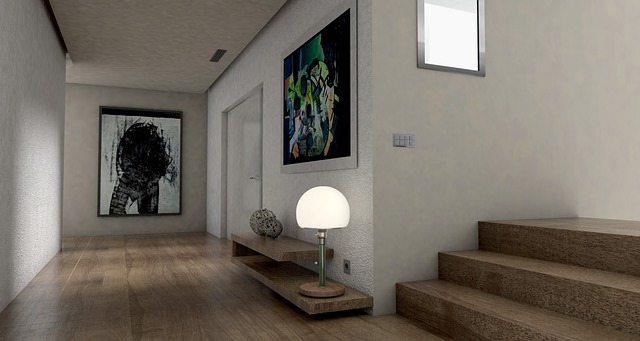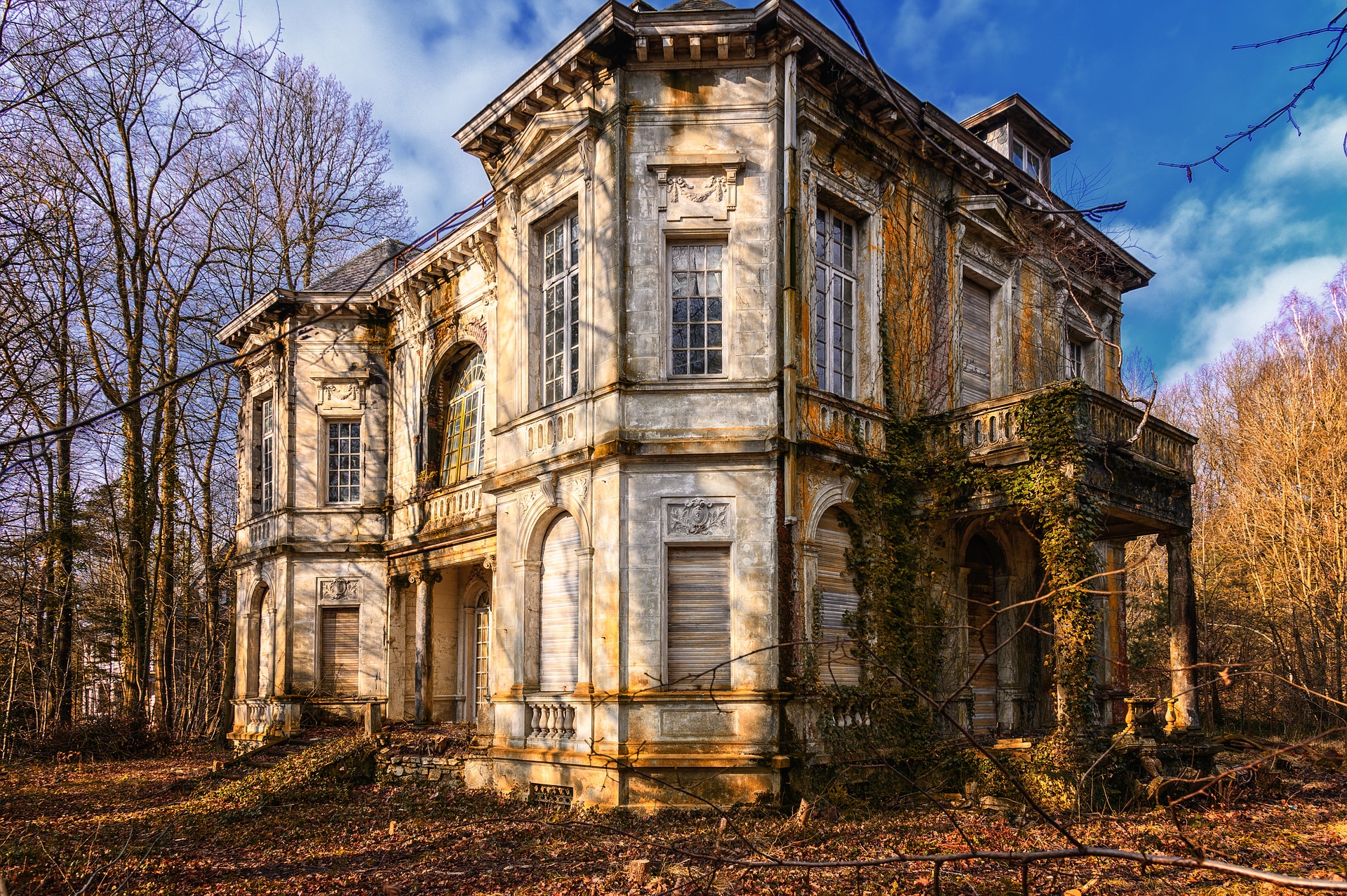Discover the Stunning New 2-Bed Senior Houses Everyone’s Talking About
What makes senior houses different from standard homes? Many new 2-bed models include step-free access, wide doorways, low-maintenance exteriors, non-slip flooring, grab bars in bathrooms, and easy-access outdoor spaces. These thoughtful features are common in modern senior communities.

Two-bedroom senior houses are designed to simplify everyday routines while preserving independence and comfort. Instead of adapting a traditional home later, these properties often arrive move-in ready for aging in place, with step-free entries, wider passages, and low-maintenance finishes that reduce chores. Many are located within communities that offer social activities, walking paths, and nearby services, creating a supportive environment without sacrificing privacy.
What sets these homes apart from standard ones?
The biggest difference is intentional, age-inclusive design. Many plans are single-level with minimal thresholds, clear circulation paths, and bright, even lighting. Doors and hallways are typically wider, flooring is firmer and smoother for easier mobility, and bathrooms often come with curbless showers, seating, and strategically placed blocking for future grab bars. Kitchens favor lever handles, pull-out shelves, side-opening or wall ovens, and task lighting to reduce strain. Secondary bedrooms flex as an office, hobby room, or space for a caregiver or guests, while attached garages and covered entries make coming and going easier in all weather. Community layouts may include sidewalks, benches, and clubhouses that encourage social connection.
Step-free entry and wide doorways: daily impact
A step-free entry eliminates a top cause of falls: tripping at thresholds or stairs. It benefits anyone using a cane, walker, or wheelchair and makes it simpler to bring in groceries, luggage, or mobility equipment. Wide doorways—often 36 inches—and halls around 42 inches or more improve maneuverability and allow for a safe turning radius, especially in bathrooms and kitchens. Low or flush transitions between rooms reduce catches at flooring changes, while pocket or barn-style doors remove swing clearance issues. These elements help residents and visitors move more freely and make emergency access easier for first responders.
Why low-maintenance design matters day to day
Low-maintenance materials and systems can cut both effort and expense over time. Common choices include durable luxury vinyl plank flooring, quartz or solid-surface counters, composite or fiber-cement exteriors, and LED lighting. Exterior maintenance is often simplified through community services that handle landscaping, snow removal, and exterior repairs. Inside, features like single-lever faucets, taller toilets, and organized storage reduce bending and awkward movement. Energy-efficient windows, insulation, and modern HVAC improve comfort and may lower utility bills, while smart thermostats and leak sensors offer extra peace of mind.
Safety features seniors appreciate most
Safety is built into the layout and the details. Bathrooms often feature curbless showers with non-slip tile, benches, hand-held shower wands, and anti-scald valves. Bedroom-to-bathroom pathways can include low-level night lighting to prevent missteps at night. Kitchens may incorporate induction cooktops that cool faster, automatic shut-off devices, and excellent ventilation. Throughout the home, expect lever-style handles, contrasting edges on steps or transitions, and plenty of task and ambient lighting. Many communities add monitored entry points, sidewalks with good sightlines, and optional emergency response systems or wearable alert devices. Hard-wired smoke and carbon monoxide detectors with battery backup are also standard in many new builds.
Senior housing costs and options explained
Costs vary by location, amenity level, and whether care services are included. A 2-bedroom age-focused home in a 55+ community might charge traditional rent plus community fees, while independent living or assisted living communities often package dining, transportation, and housekeeping. For clarity, the figures below are national estimates and can swing significantly by market and personal needs.
| Product/Service | Provider | Cost Estimation |
|---|---|---|
| 55+ rental apartment or cottage (2-bed) | Overture by Greystar | $1,800–$3,000 per month rent, varies by metro |
| Independent living cottage (2-bed) | Holiday by Atria | $2,200–$3,800 per month base, some meals/services included |
| Independent living cottage (2-bed) | Brookdale Senior Living | $2,500–$4,500 per month base, services vary by community |
| Assisted living (1BR as comparison) | Sunrise Senior Living | $4,500–$7,000 per month base rate, care levels add cost |
| In-home care (for comparison) | Home Instead | $28–$36 per hour; 20 hrs/week ≈ $2,400–$3,100 per month |
| CCRC cottage (entry + monthly) | Acts Retirement-Life Communities | Entry fee commonly $100,000–$500,000+; $2,000–$5,000+ monthly |
Prices, rates, or cost estimates mentioned in this article are based on the latest available information but may change over time. Independent research is advised before making financial decisions.
When evaluating costs, look beyond the monthly figure. Consider whether meals, housekeeping, transportation, fitness classes, and social programming are included. Ask about second-person fees, pet policies, parking or garage charges, utilities, and internet. For health-supportive settings, clarify how care is billed (bundled vs. à la carte) and how pricing changes as needs evolve. If choosing a community with an entry fee, review refund terms, future care coverage, and financial qualification criteria. Touring several communities in your area and requesting itemized pricing helps you compare like-for-like amenities and contract structures.
In sum, two-bedroom senior houses emphasize ease, comfort, and safety without sacrificing personal style. Thoughtful layouts paired with simple upkeep can reduce everyday friction and create a home that adapts as needs change. With a clear understanding of features and a careful comparison of costs and options, it becomes easier to choose a setting that supports long-term independence and well-being.




